Diamond Intel: Natural Diamond Facts You Didn’t Know
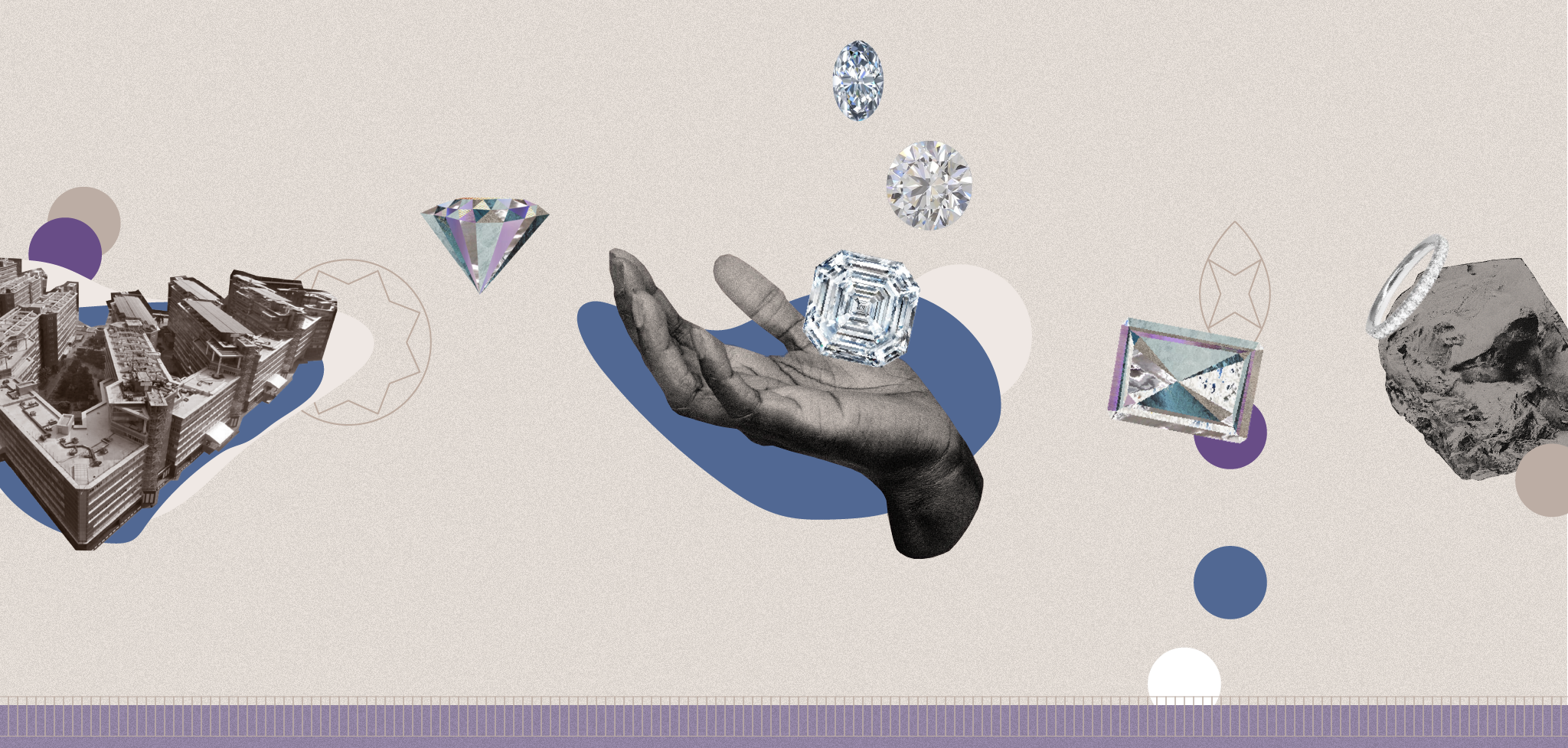
Trace back the origin of most of the world’s natural diamonds, and it will likely lead you to India. The subcontinent has long been the beating heart of the world of diamonds, from being home to the ancient Golconda mines that gave the world its most legendary diamonds to the exquisite, handcrafted diamond jewellery that emerged under the patronage of India’s royalty and that jewellers around the world looked to for inspiration. When it comes to centuries of unparalleled excellence in diamonds, be it in craftsmanship or trade, India is the ultimate source.
But today, Indian jewellers understand that natural diamonds are not just history: they are dynamic symbols of culture, technology, and personal expression. Through blockchain innovations, designs reflecting quiet luxury, or preferences shaped by Gen Z, India is leading the contemporary global diamond industry as well. We look at key insights about the evolving position of India in the global natural diamonds industry, and what to expect for the future.

From supplying some of the most iconic diamonds ever discovered, to mastering an unparalleled expertise in diamond cutting, India’s fortunes and the history of the global diamond trade have been closely interlinked for centuries and are deeply rooted. For over 1000 years, until ca 1726, India was the world’s only source of diamonds. As of 2022, India not only leads as the largest exporter of cut and polished natural diamonds but also ranks as the top importer by value—diamonds are the country’s fifth most imported product. Major markets for Indian diamonds now include the United Arab Emirates, the United States, Hong Kong, Belgium and Thailand. The future is bright too: India and China are poised to outpace the US, which currently represents 50% of global diamond demand, by 2030.
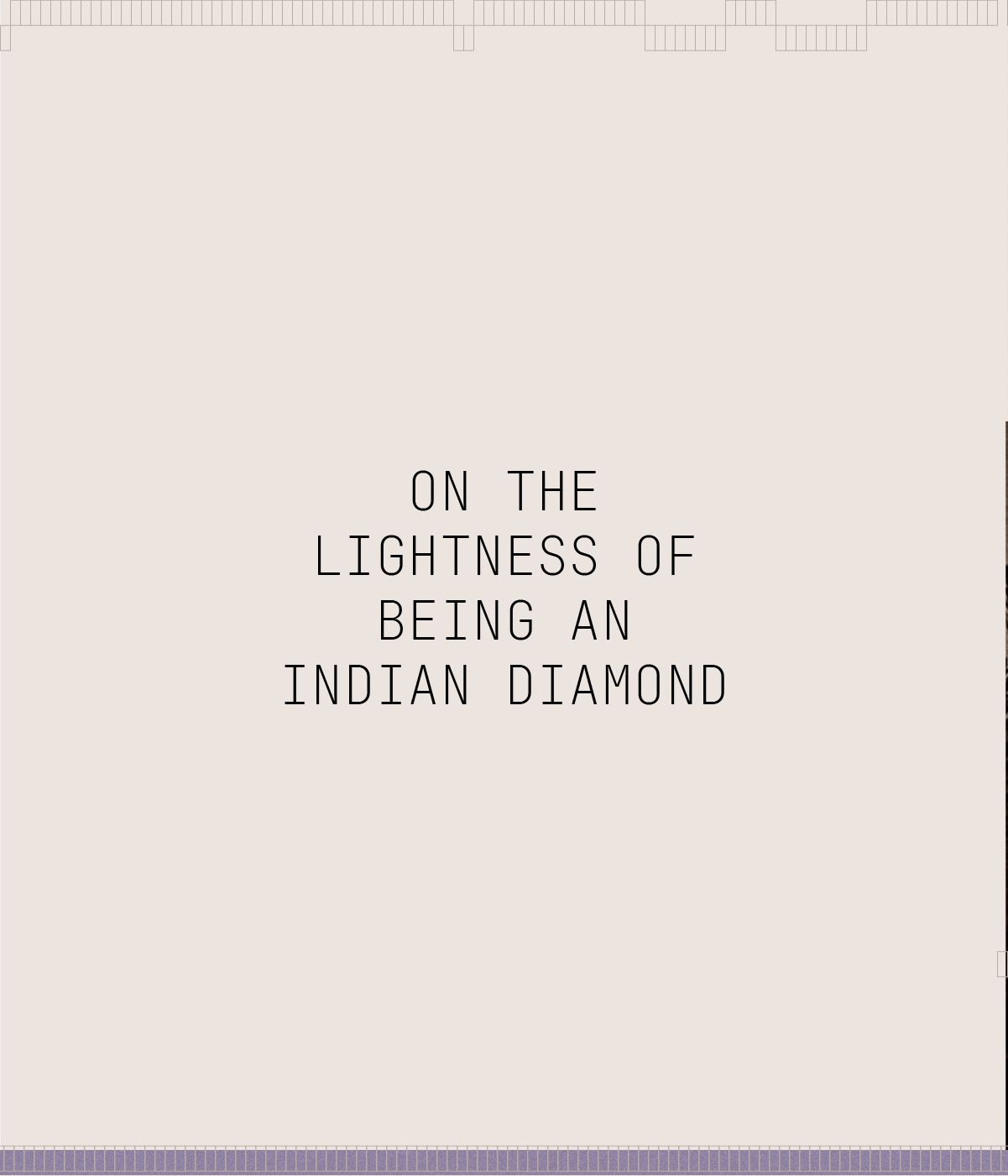
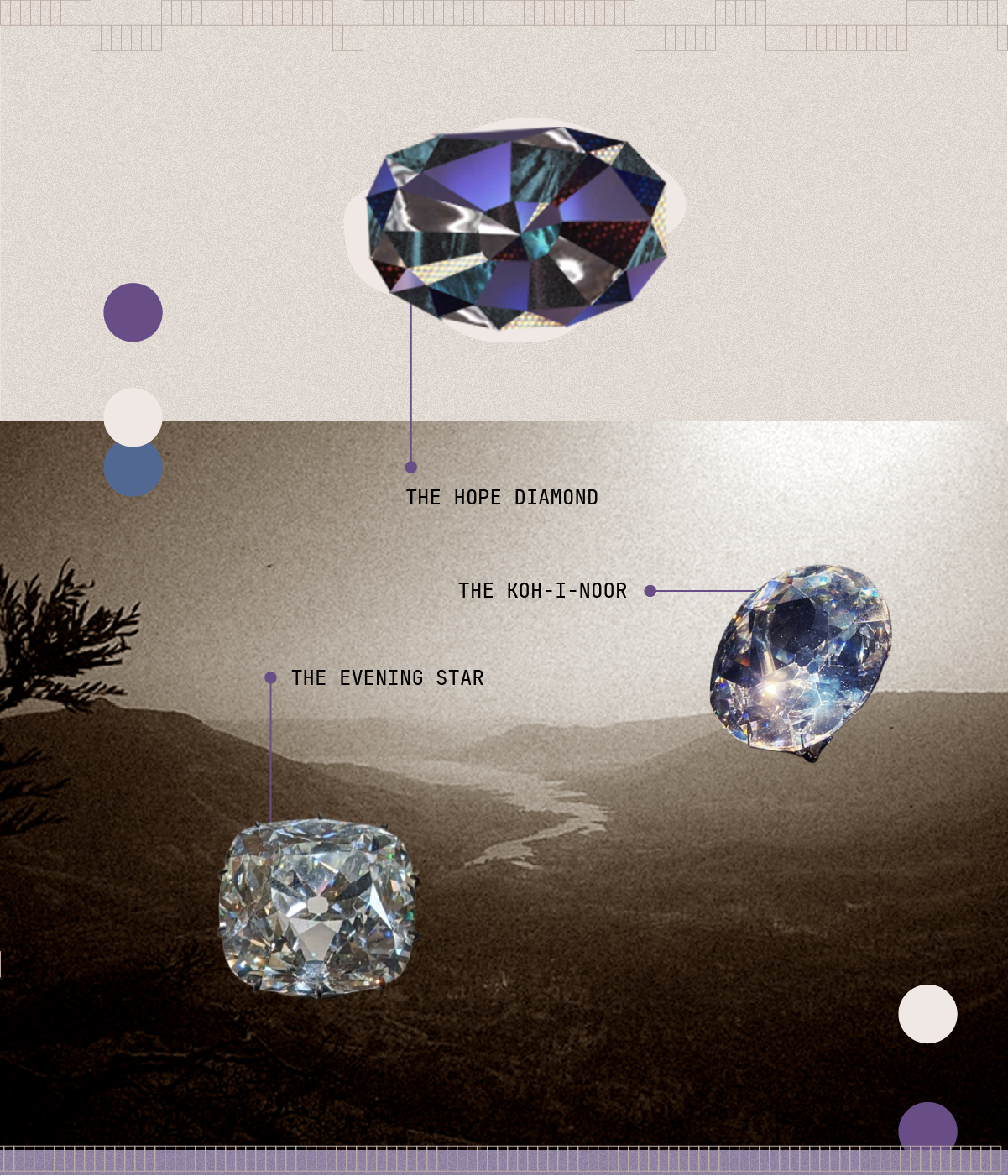
India not only cuts and polishes the majority of the world’s natural diamonds, but it is also the birthplace of some of the most legendary diamonds in history that have captured the world’s imagination. The Koh-i-noor, the Evening Star, and the Hope Diamond all originated in southern India, along the Krishna river bed. This region, home to the famed Golconda mines, was shaped by ancient geological formations. The natural diamonds found here are renowned for their translucence, and a remarkable ability to let light pass through. Known as Type IIA, this ethereal appearance occurs when diamonds are chemically pure, free from nitrogen or boron impurities, and regarded as the most flawless. So prized are these stones that the term ‘Golconda’ has become synonymous with the finest diamonds–those of the highest quality, or ‘first water’.
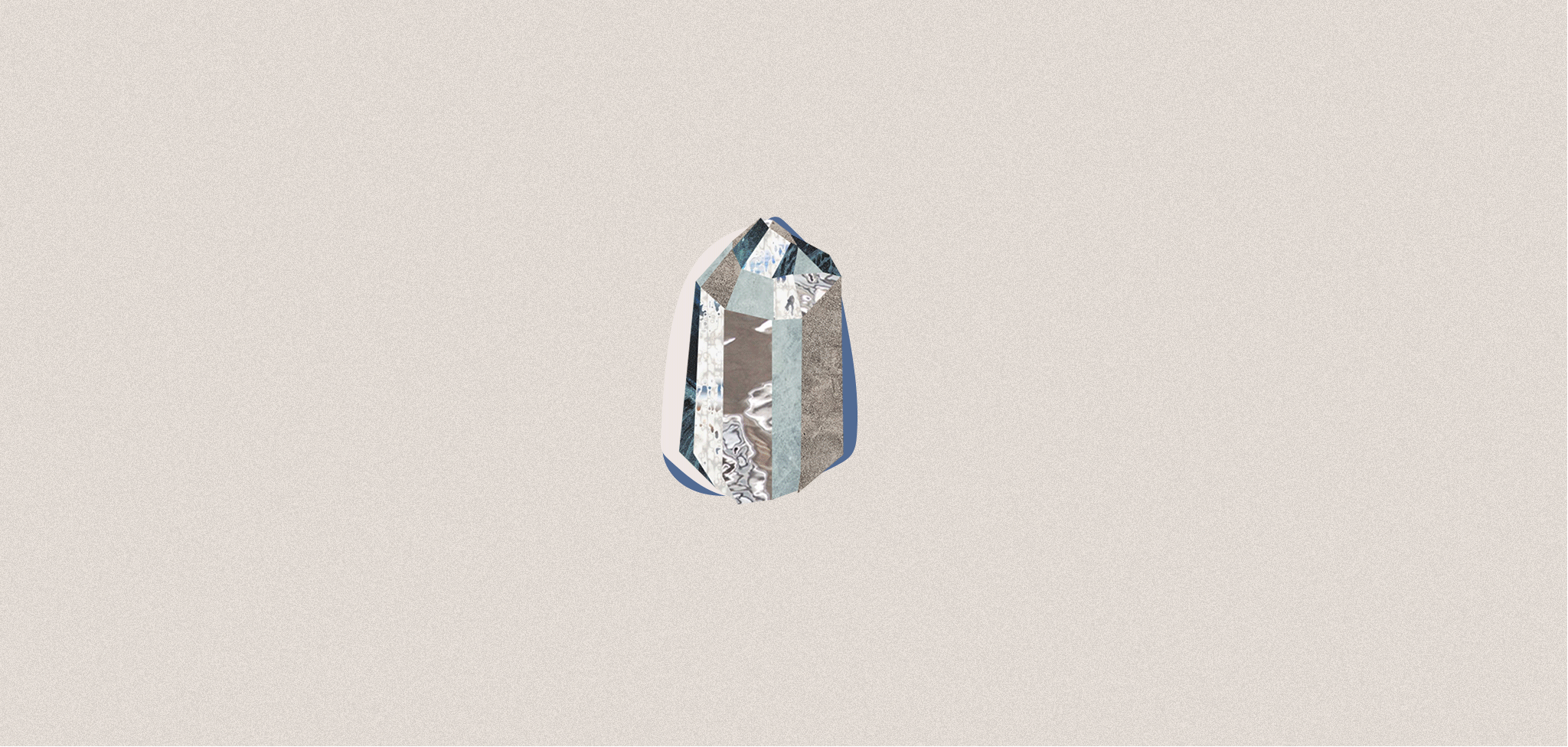
Blockchain technology enhances traceability in the natural diamond industry, enabling retailers and customers to verify authenticity—helping them trace the diamond’s journey from “mine to finger.” Earlier this year, De Beers launched Tracr, the world’s only distributed diamond blockchain, to the industry. Louis Vuitton also unveiled a new custom-cut natural diamond, the LV Monogram Star, accompanied by a digital certificate from Aura Blockchain Consortium. This certificate allows for the “recording and issuing of forgery-proof data thanks to decentralised storage, and provides direct access to the stone’s history, and its life cycle from its creation to its distribution”. This is particularly relevant to India, which handles the majority of the world’s diamond cutting and polishing. Key players like Venus Jewels, KP Sanghvi, and Rosy Blue in India leverage Tracr’s blockchain technology, with the digital certificate updated throughout the cutting and polishing process. Blockchain technology supports and bolsters the natural diamond industry’s commitment to traceability and transparency, fostering trust throughout the entire diamond value chain.
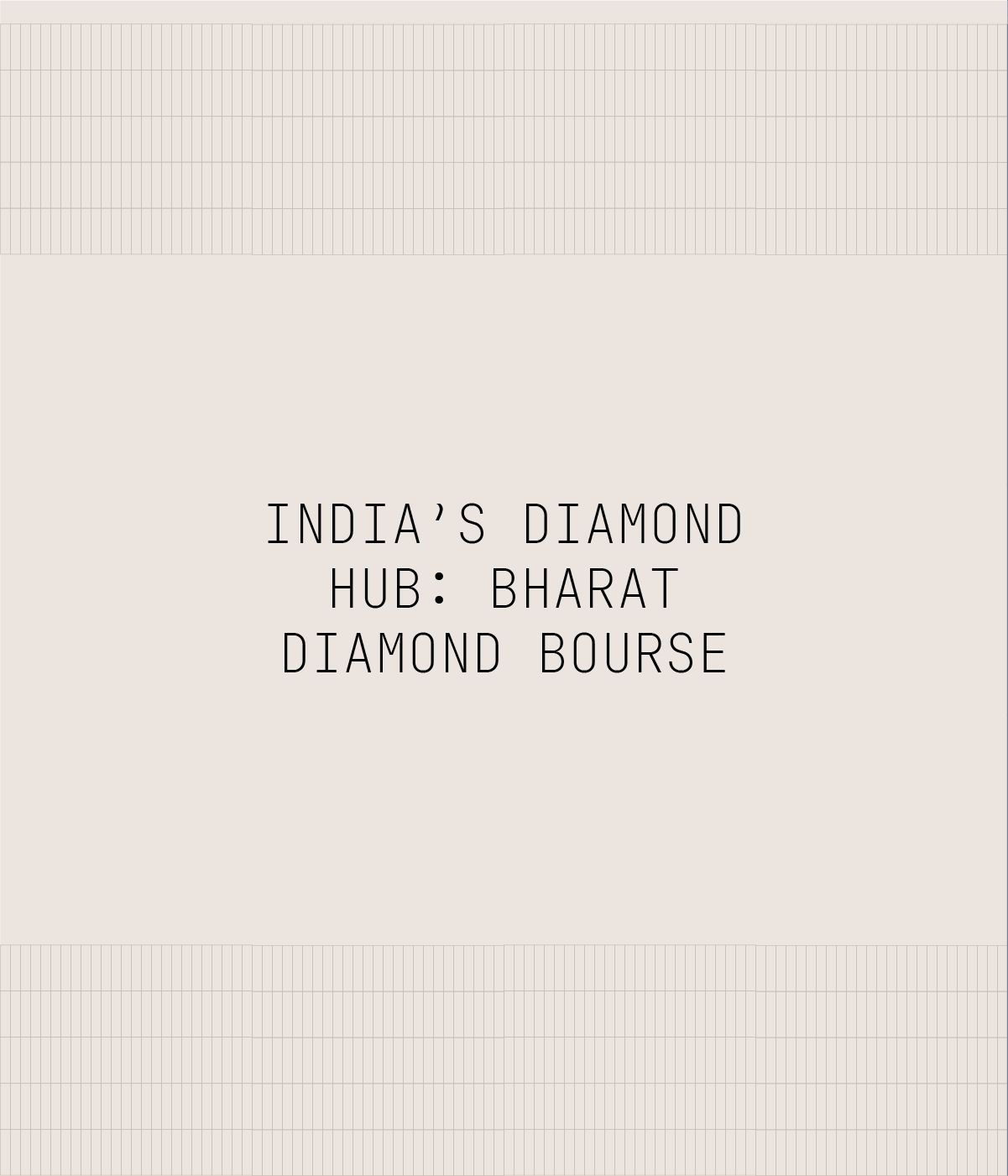
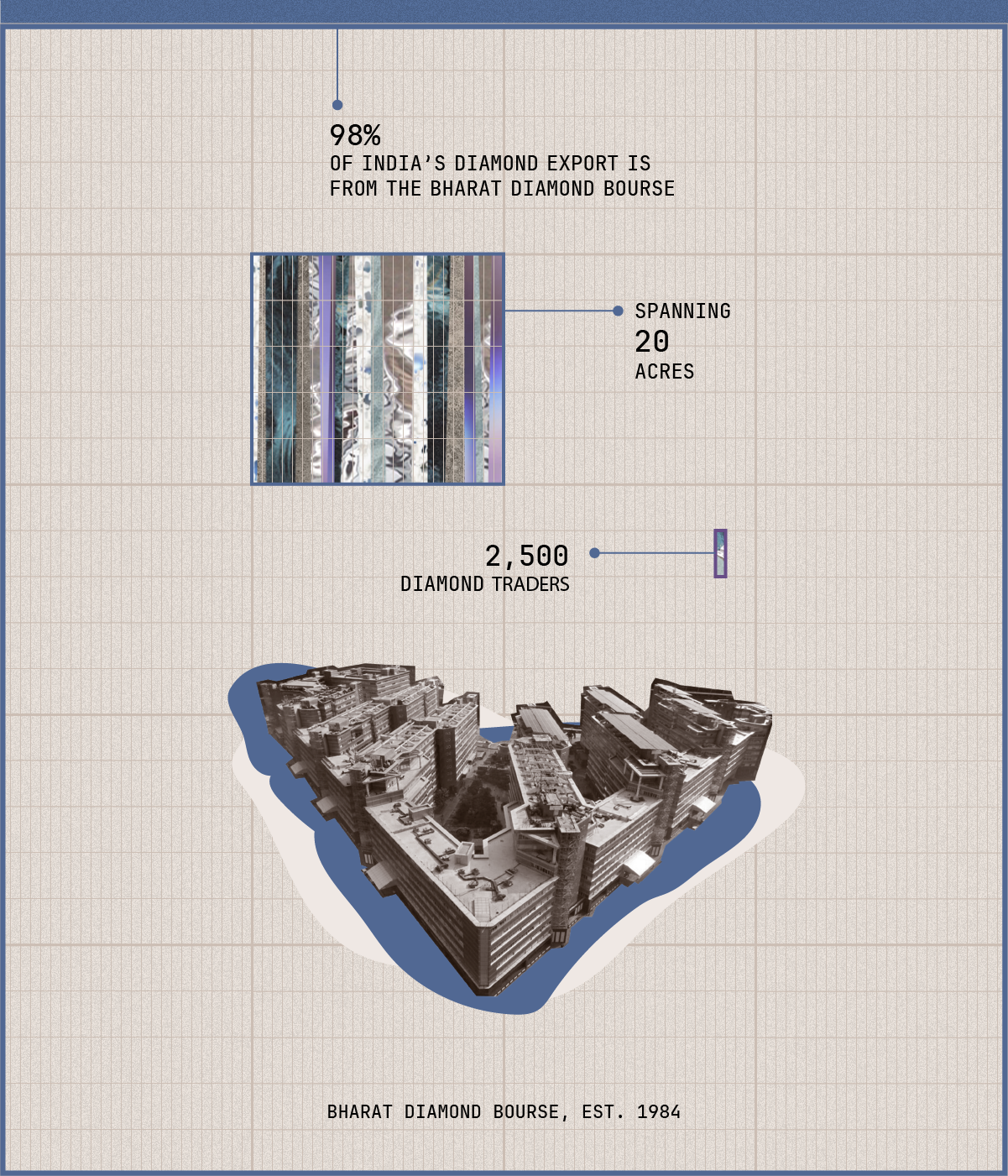
The beating nerve centre of India’s natural diamond cutting, polishing, and finishing industry is the historic Bharat Diamond Bourse (BDB), located in Mumbai, As one of the world’s largest diamond bourse, its scale is remarkable, with staggering numbers: established in 1984, the Mumbai facility, spans 20 acres, houses 2500 diamond traders, and handles 98% of India’s diamond exports. Built in 2010, BDB’s primary mission is clear– to position India as the most modern, innovative, and sophisticated diamond market globally. It offers its 4000 members a comprehensive range of services, including customs offices, clearing agents, commercial banks, insurance companies, and gemological labs, all within the complex.
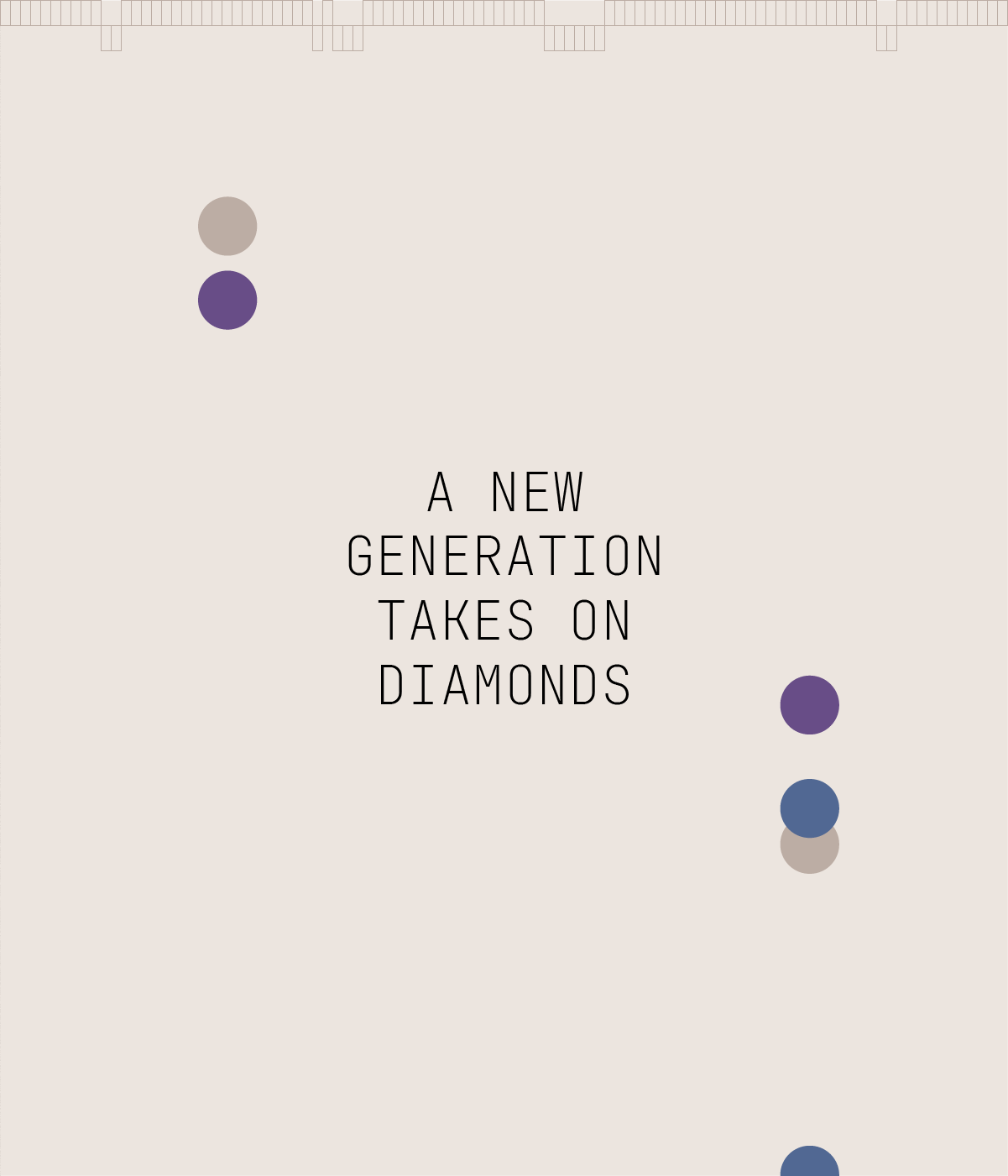
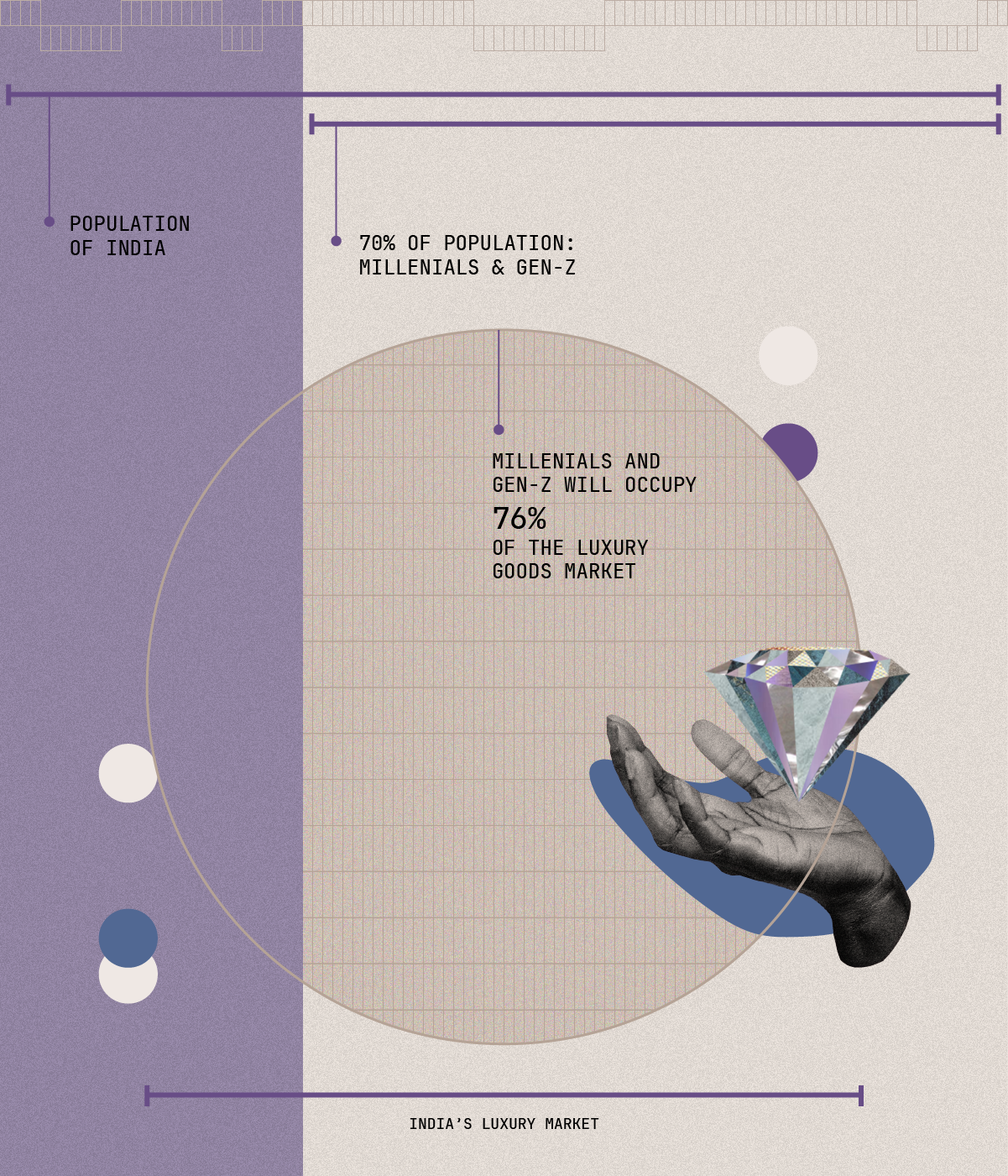
Today, Gen Z stands as the most influential consumer group, followed by millennials. Along with setting trends in fashion, work, and culture, they are also likely to define the future trajectory of the luxury market. According to the BCG Fashion & Luxury market study 2023, Gen Zs will account for 76% of the luxury goods market by 2026. These consumers, with a greater spending power than the previous generations, are increasingly prioritising brands and products that are authentic, ethical, and sustainable–and natural diamonds perfectly align with these values. The numbers reflect this shift. In India, where gold jewellery has long held cultural and economic significance, modern, globally minded young blood is taking over: millennials and Gen Z make up 70% of the population, making India the youngest major diamond-consuming country.
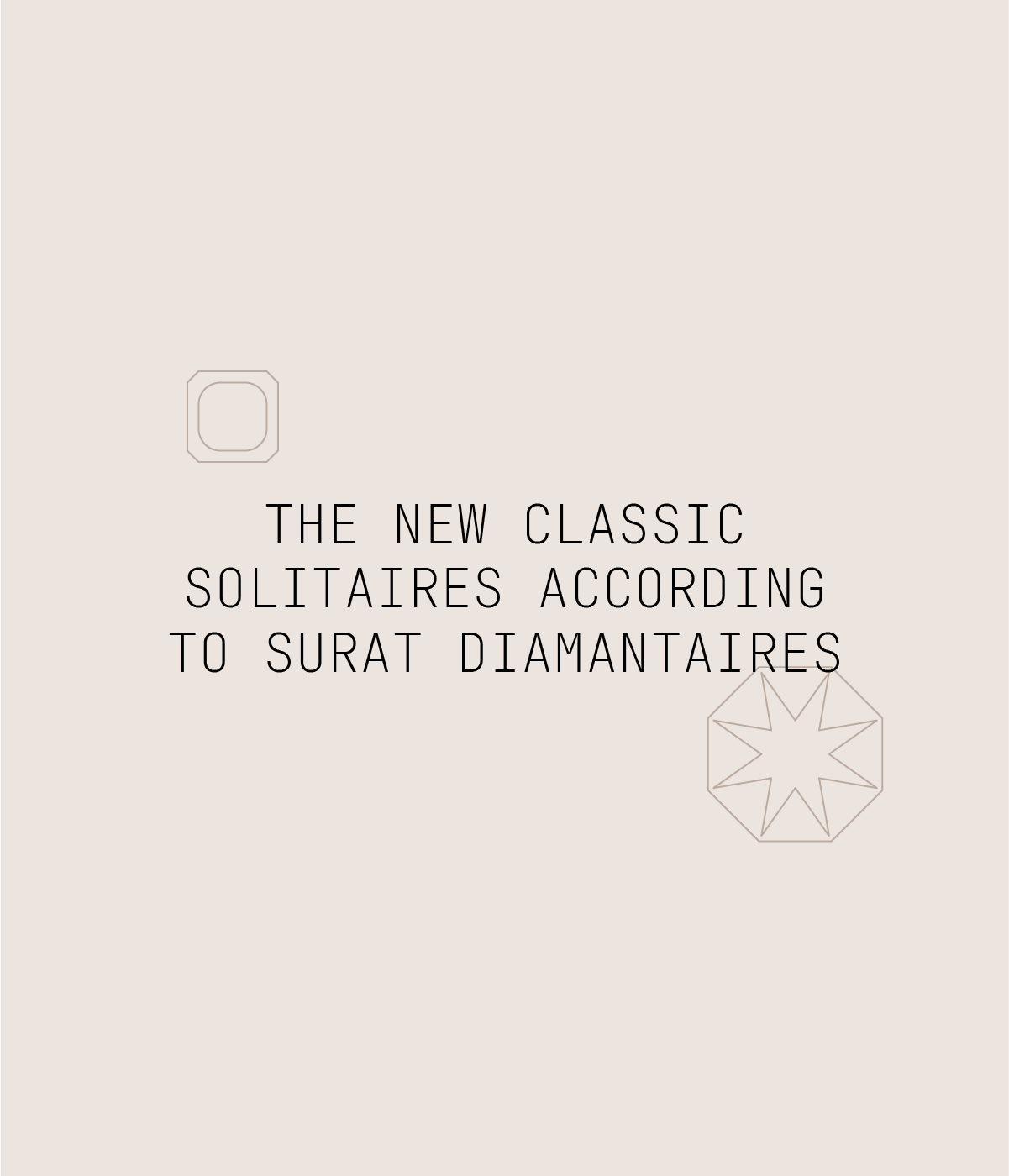
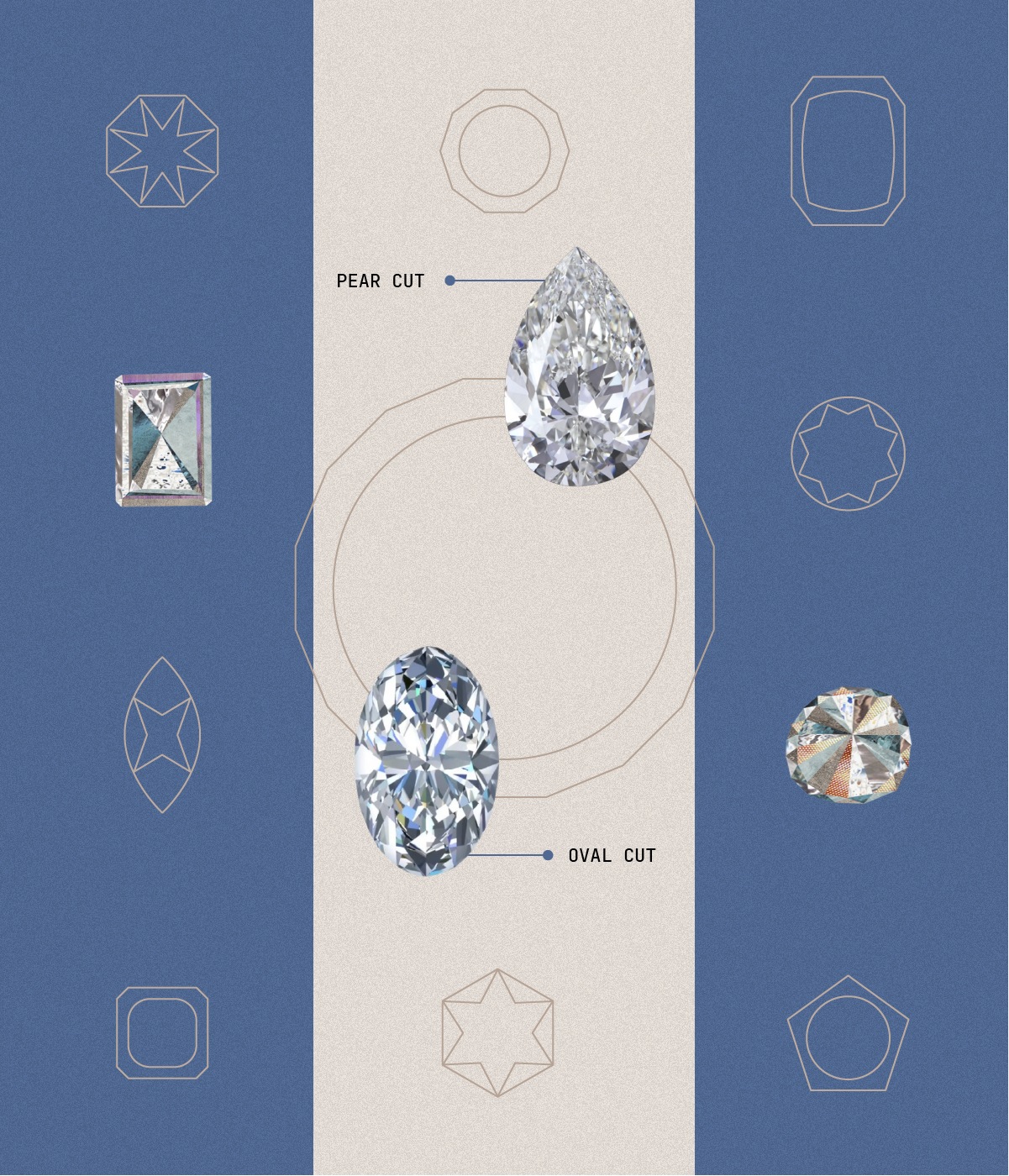
Today, and as always, the round brilliant cut diamond remains a timeless classic. Historically one of the most popular styles, particularly for solitaire engagement rings, its brilliance has been perfected over years of technical innovation, and it complements a wide variety of band styles. But as times change, so do preferences. While the round brilliant diamond remains the most sought-after, many Surat diamantaires have noted a growing interest in pear and oval cut diamonds as well.
Priyal Shankar, director of Shivam Jewels, attributes this shift to the rise of individualism. “We’re noticing that each consumer desires something personalised just for them,” said Shankar. “They are exploring new versions of classic shapes or new shapes altogether (from round shapes like pears, oval and hearts and square shapes like emerald and cushions), which attracts more social engagement for their choices.”
The distinctive teardrop shape of the pear-cut diamond and the gracefully elongated oval-cut diamond appeal to those who desire solitaires that are traditional and yet express their individuality.




